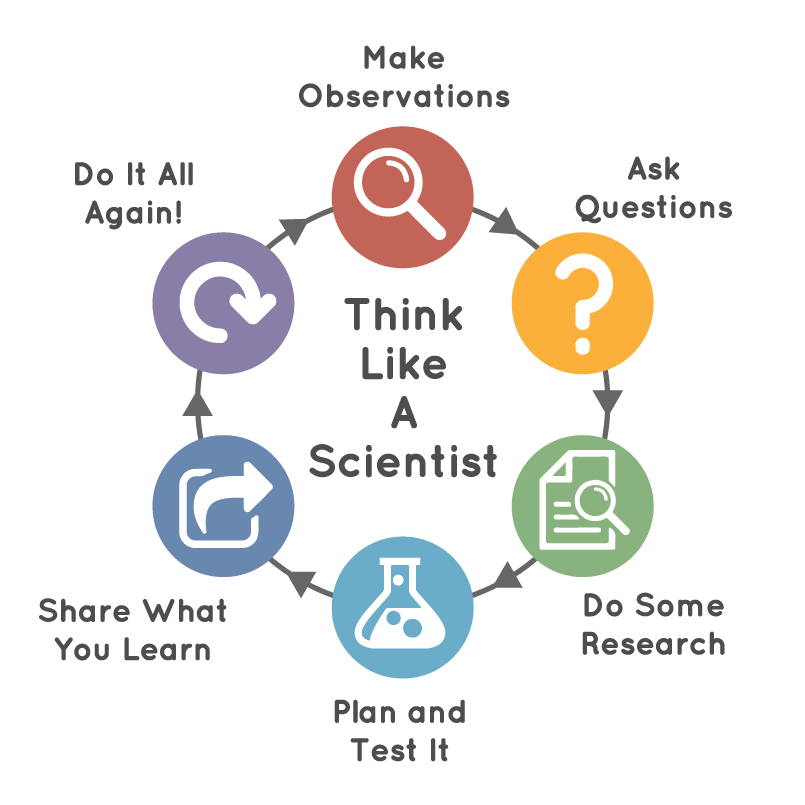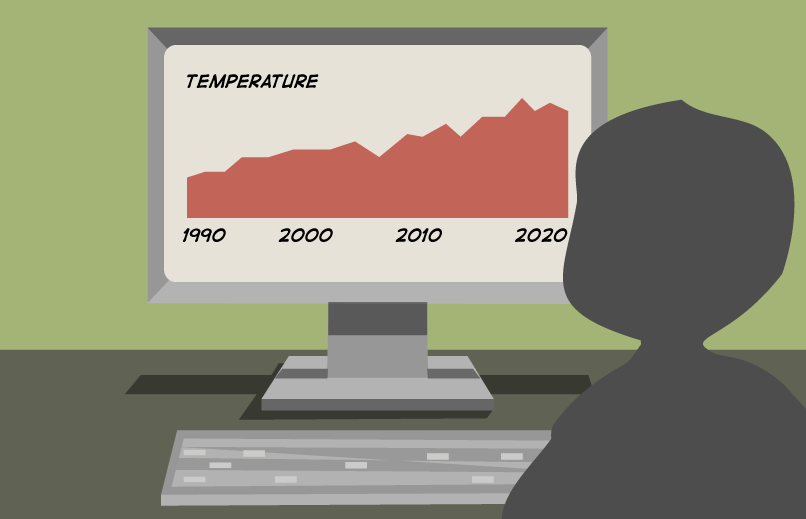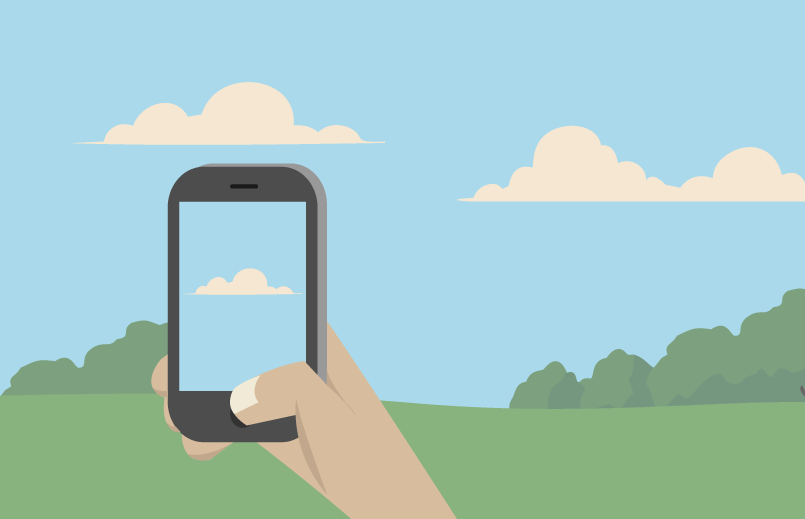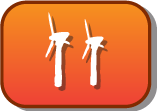What Can We Do to Slow Down Climate Change?

We can all find ways to help the planet. We can practice science to find solutions that work for each of us. Credit: NASA/JPL-Caltech
One of the most common questions NASA climate scientists get asked is: what can I do to slow down climate change? In other words, how can I help the planet? It’s an important question.
With a huge global challenge like climate change, it can seem like one person can’t make much of a difference. But they can! And that’s because small changes add up to really big changes when we do them together.
How can thinking like a scientist help?
To help us think of ways we can make a difference, let’s think like a climate scientist and follow some actions they take to tackle a question.

We can think like a scientist by taking the same steps they do. Science is a process and each time we can learn something new about our world. Credit: NASA/JPL-Caltech
Make Observations
Making observations is the first step to learning about our world and how it’s changing. You can make observations by using your senses: seeing, hearing, touching, smelling, and tasting. When you observe the world around you, what did you find?
Ask Questions
Now that you’ve made observations, you might have some questions. Let’s ask them! Questions help fuel curiosity and are the first step to finding solutions. Scientists often want to know first how and why things happen. Then they want to see what happens when they make changes. There is often a cause and an effect. Examples of these types of questions are:
- How do different colors affect temperature?
- Why do I feel warmer on the sidewalk than on the grass?
Do Some Research
Explore NASA Climate Kids and other trustworthy science books and websites to learn more. What did you find out? Did it lead to more questions? That’s okay if it did. It’s great to be curious about our world.
Pick one question that you want to focus on and learn more about. It helps to look at just one question at a time.
Plan and Test
This is a fun part because this is when we get to do an experiment or make a model or build something. There are different ways to learn more about the same thing. That’s a great thing about science and engineering, it can really get your creative juices flowing.
Share What You Learn
What did you find out? Did you get the answer you thought you would? If so, then great job! If not, don't worry. Sometimes we get an answer that is not what we expected. Other times we may get no answer at all. If this happens, you can try asking the question in a different way. Or, doing a different test. The great part about science is that we learn no matter what answer we get. As long as we keep asking questions and looking for answers, we learn more about our world.
Now that you have results, you can share them with others so they can learn too.
Do It All Again!
Did what you learned lead to even more questions? That’s okay too! That’s science in action. And the great thing is, you can test something new. Or you can test the same thing over again — you might find something different.
Here’s an example

There is so much information available to help us learn about our changing planet. NASA and other agencies, like NOAA, provide this information for free and are reliable resources. Many people review what is on their websites, including science experts on the topic, to make sure the information is correct. Credit: NASA/JPL-Caltech
- You observe that this summer feels hotter than last summer.
- You ask: Is it really hotter this summer than last year?
- You do some reading and find out that the planet is warming over time.
- You make a plan for how to get more information to see if summers really have been getting hotter. You decide to look online (with an adult’s help) at temperatures in your area over time.
- You test your plan. To start, you look up temperatures from NASA or from a weather agency (like the National Weather Service) for the past 30 summers or longer. Then you compare the temperatures from each summer to see how they are changing over time.
- Your results suggest that summers have been getting warmer. Not every summer, but most.
- You tell your family and friends what you found out. But then ask, why is it getting warmer? Time for some more science!
But what about solutions to help our planet? Follow the same process and see what happens.
For example, maybe you notice people are leaving the lights on at your house even when they aren’t in a room. What would happen if you turned the lights off? Would that make a difference? We encourage you to investigate it to find out!
What other solutions can you think up?
NASA Citizen Science

Since scientists can’t be everywhere at once, we can help them gather important information with citizen science projects. By sharing this information with them, often through apps on our phones, they can learn more about our Earth. Credit: NASA/JPL-Caltech
NASA has many ways to get involved and help scientists as they learn more about our changing planet. Here are a few ways to join in the science fun:
GLOBE Observer: With the help of an adult, download the GLOBE Observer app. Then start observing clouds, land cover, trees, and mosquitos and share what you learn with scientists.
Mountain Rain or Snow: Is it raining, snowing, or a mix of both in and around mountains? Help scientists track mountain weather.
NASA Citizen Science: Find even more projects, including ones that are out of this world.












